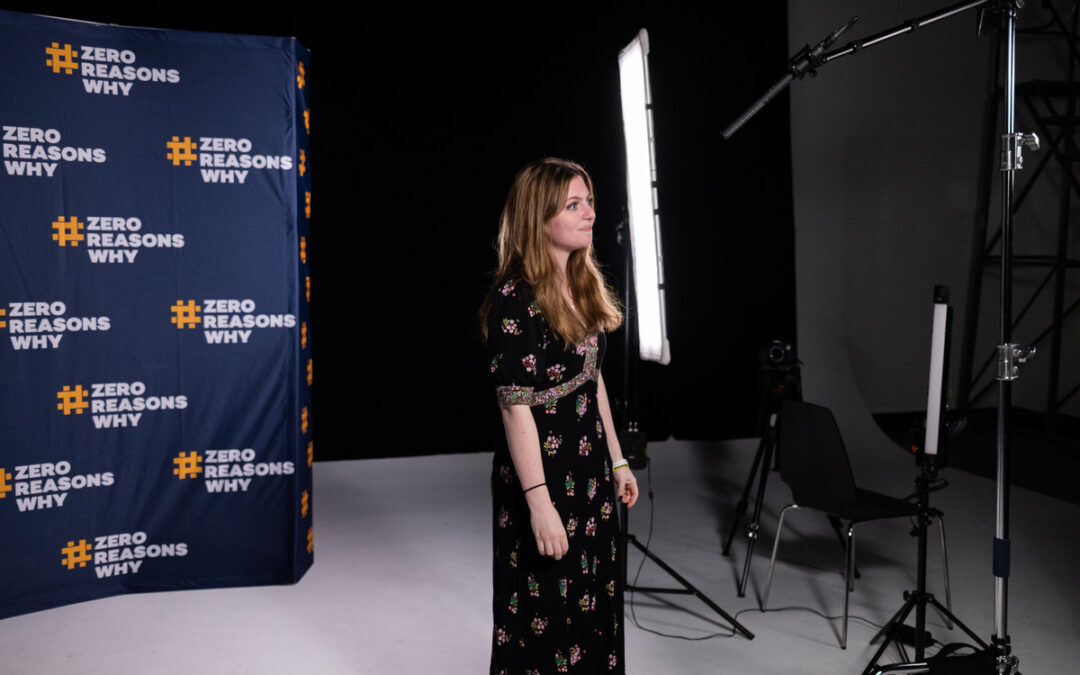We believe in the power of stories, of storytelling. Storytelling is what helps us connect to other people and to the world around us. Think about a time in your life when you shared something about yourself with another person — an interest, a fear, an insecurity, a painful event — and the person responded with empathy and understanding; better yet, they responded with wide-eyed recognition.
This possibility of connection is what makes sharing our stories so powerful, and such a connection has the potential to heal us in ways we never would have never imagined. The problem, of course, is that telling your story is difficult; for some, it seems impossible. It always requires some amount of vulnerability and honesty, and no matter how much we champion vulnerability and honesty as virtuous, our modern world makes it increasingly difficult to be vulnerable.
This often feels especially true when one’s story includes anxiety, depression, mental illness or thoughts of suicide, the most sensitive of topics. There are also cultural barriers to conversations surrounding mental illness, whether they be social stigmas that perpetuate fear and avoidance, or the simple busyness of our external lives that distract us from our inner world and inhibit us from having meaningful connection with others. But this lack of connection, these social stigmas, all the avoidance of hard conversations — we don’t believe this has to be the world we live in. We believe things can change, and that is why #ZeroReasonsWhy exists.
#ZeroReasonsWhy is a campaign focused on teen suicide prevention, and we believe that prevention begins when we cultivate environments where teens feel safe to speak up — places where they can be heard — and where parents, teachers, and administrators can enter these conversations. Put another way, suicide prevention starts with honest conversation, which leads to healing.
We want to change the narrative of mental illness and suicide through narrative, through the perspectives of teens and communities of parents, educators, and health professionals who are grappling with the struggles of life today. The fact is, we need others to help us make sense of ourselves and of our world.
But there is another side to this. Storytelling is, after all, a communal project that requires telling and listening. We want to empower people to share why they care; we also want to encourage people to listen. Nothing could be more devastating than to muster the courage to share your story, only to find that no one listening. Our hope is that through various methods, communities will become spaces where the power of story is embraced and fostered, and more people are empowered to speak, and to listen. These can become places where suicide rates drop, and where teens flourish and see the millions of reasons why life is worth living. After all, suicide prevention is not simply about preventing death, it is about encouraging and cultivating a good life.
With a problem as urgent as teen suicide, it can be tempting to quickly prescribe sweeping, one-size-fits-all solutions. But once you begin listing all the factors that affect a teen’s mental health, it becomes clear that there are no easy answers. Rather than feel hopeless, we choose to believe that every step we take toward better conversations – both sharing and listening – moves us closer to prevention and healing, where more and more teens see that there are zero reasons why they should lose hope.
by Davis Finley, Field Journalist

